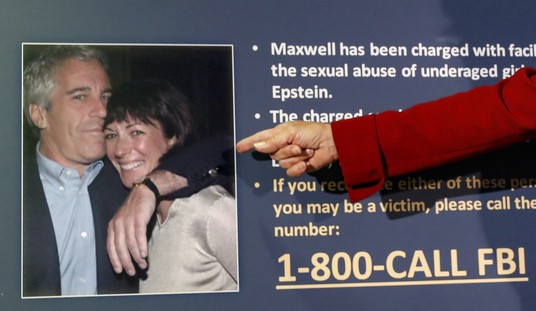Now that the shutdown is finally over, one of the first items on Congress’s agenda is combining the Senate-passed farm bill with the House’s semi-separated agriculture and food stamps bills into some sort of mutually acceptable version. The end of the shutdown and the Republican — loss? victory? status-quo maintenance? depends on who you ask — could play either way in the highly contentious fight over the already-expired provisions, as one Democratic conferee speculated on Wednesday. Politico reports on the conferees’ meeting:
Present were Senate Agriculture Chairwoman Debbie Stabenow (D-Mich.) and her ranking Republican, Mississippi Sen. Thad Cochran, as well as Minnesota Rep. Collin Peterson, the ranking Democrat on the House side.
“I think we can get a farm bill. They sounded optimistic to me,” Cochran told POLITICO outside. But members in both parties said it remains to be seen what the fallout will be from the last few weeks of conflict over the government shutdown. …
“Having leadership muck around in this is not helpful,” Peterson told POLITICO. “It could go either way. These guys could exact a pound of flesh out of us because of what’s happened to them with the budget: `We’re going to take it out on the farm bill.’”
“It could go the other way: `We’ve had enough of this we’re going to back off.’ It’s hard to know how it is going to play but I’m concerned about this.
I.e., Democrats are wondering how far Republicans are going to push their oh-so-draconian food-stamp crusade (to cut an utterly hateful 5 percent from an almost $80 billion/year program that has practically doubled in size in the past five years) considering the political optics of the shutdown battle.
Regardless of whatever compromise (or lack thereof) Congress eventually comes up with, we can almost certainly look forward to a huge helping of demagoguery and distortion from the Democrats about how Republicans are such heartless and greedy jerks, because there couldn’t be any other possible motivation in the world for wanting to control the ballooning costs of an explosively growing welfare program and cracking down on eligibility requirements than wanting to hurt poor people out of spite.
They won’t do it, but Democrats should seriously rethink their foregone conclusion that simply throwing more and more money that we don’t have at a very real material problem is the best and only solution for it. A new study from Michael Tanner at the Cato Institute attests to the out-of-control waste, fraud, and negative impacts of the well-intentioned but consequence-riddled and overly-expensive program, and the ways in which the federal government has mounted aggressive outreach campaigns and relaxed eligibility standards to effectively transform SNAP into a long-term welfare program that has done little-to-nothing to actually reduce poverty. A clutch excerpt:
Even setting aside the growing cost and doubtful effectiveness, SNAP is an inefficient, fraud-ridden, and deeply troubled program.
For example, SNAP’s administrative costs are considerably higher than those of most other social welfare programs. In 2013, the program’s total administrative expenses at both the federal and state level are expected to top $7 billion, more than 9 percent of program costs. The federal share of administrative expenses alone is more than $4.5 billion, and that is expected to increase to almost $6 billion by 2023.
SNAP also has a high rate of fraud and abuse. Officially, the USDA puts program fraud at around $858 million last year, which would amount to just a bit more than 1 percent of SNAP expenditures. But this calculation only refers to direct fraud, such as trafficking in benefits. It does not include roughly $2.2 billion annually in erroneous payments to individuals who were not properly eligible for participation or who received benefits in excess of the amount to which they should have been entitled. The erroneous payments raise the total fraud and abuse rate to more than 3.9 percent, making SNAP one of the most frequently abused non–health care social welfare programs.








Join the conversation as a VIP Member